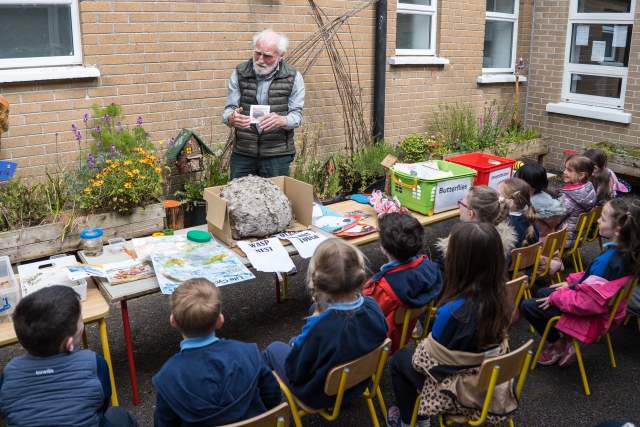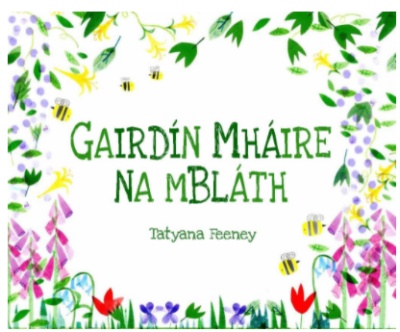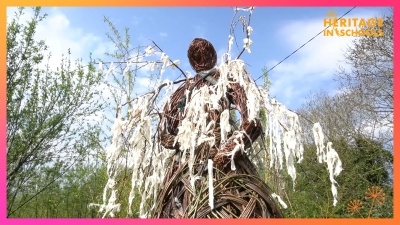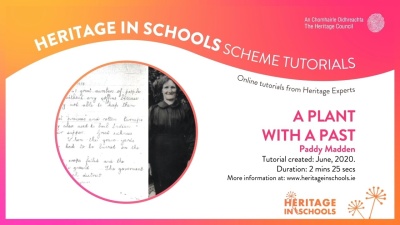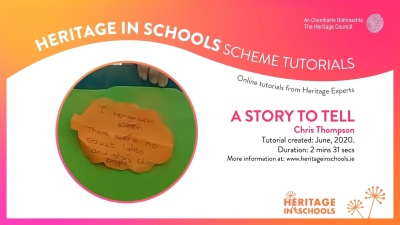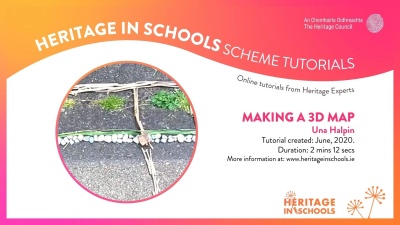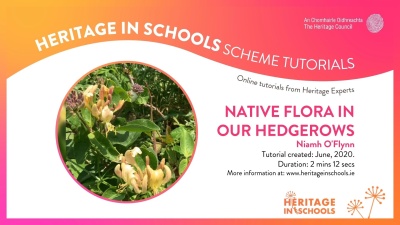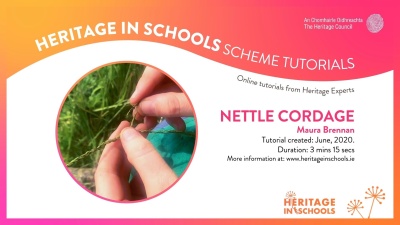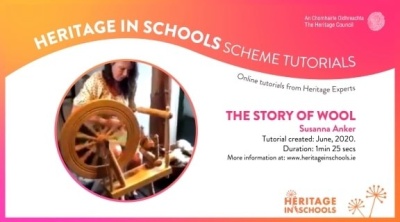Pollinator lesson plans
A resource for primary schools - supporting the All-Ireland Pollinator Plan for a sustainable future.
Read moreRead lessIn March 2025, the All-Ireland Pollinator Plan released a redesigned suite of lesson plans in collaboration with Laois County Council. These lesson plans are suitable for junior infants to 6th class and include a range of hands-on activities to help embed pollinator conservation in the classroom.
